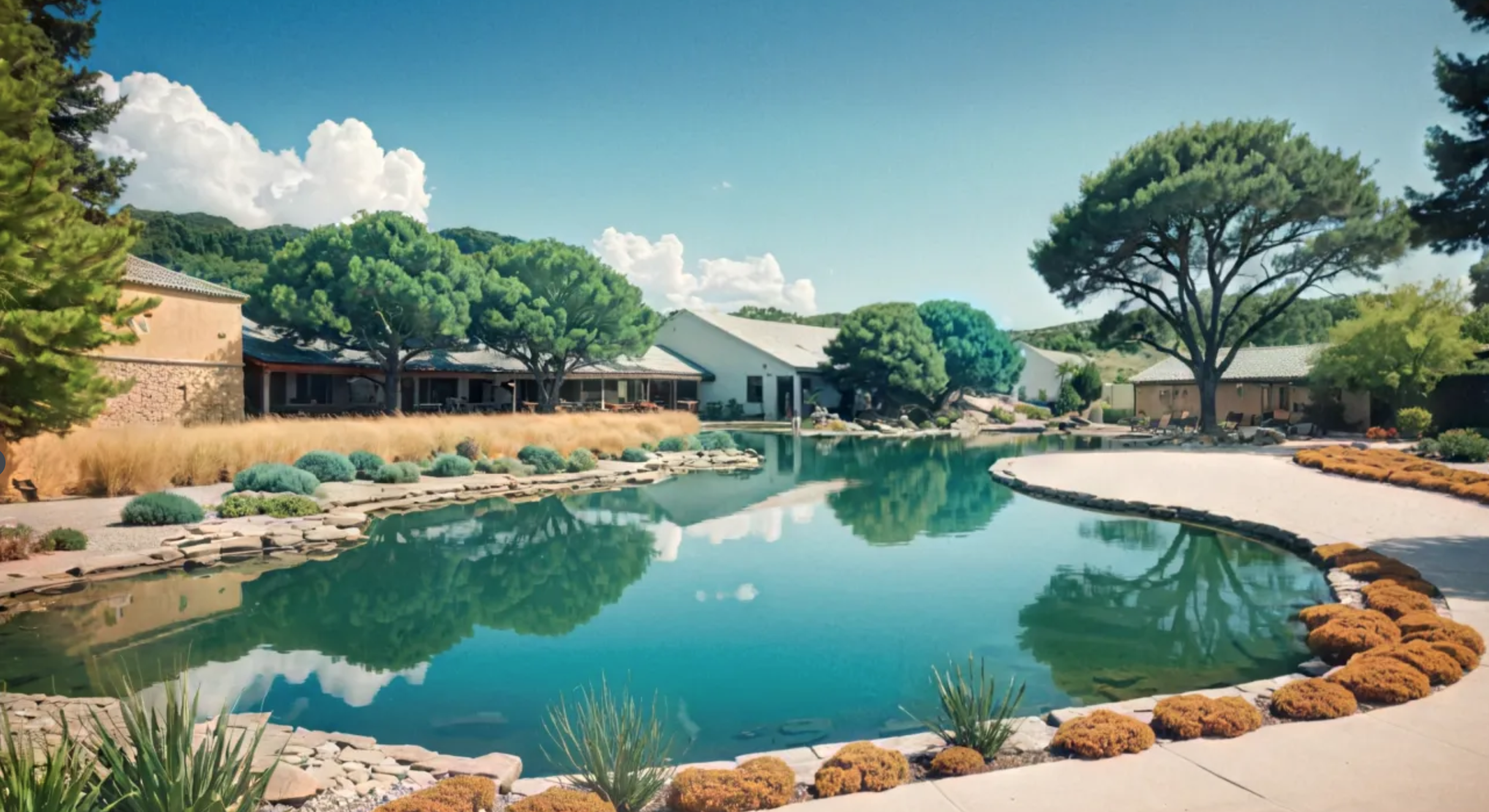Mastering Stormwater Management: How to Calculate the Size of a Detention Pond in Austin, Texas
Effective stormwater management is crucial for maintaining the health of our environments and communities. Detention ponds play a vital role in this process, designed to temporarily store excess stormwater runoff and mitigate flooding. By controlling the flow rate of runoff, these ponds help protect local water quality and reduce erosion, ensuring that both natural ecosystems and developed areas remain safe and functional.
Understanding SWPPP and the Importance of Detention Ponds in Stormwater Management
A Stormwater Pollution Prevention Plan (SWPPP) is a critical component of stormwater management, outlining the methods and practices to control pollution in surface runoff, particularly during construction activities. Effective stormwater management, including the use of detention ponds, is crucial for maintaining the health of our environments and communities, especially in urban areas like Austin, Texas. Detention ponds are designed to temporarily store excess stormwater runoff and mitigate flooding. By controlling the flow rate of runoff, these ponds help protect local water quality and reduce erosion, ensuring that both natural ecosystems and developed areas remain safe and functional.
For commercial developers, understanding how to calculate the appropriate size of a detention pond is essential not just for compliance with local regulations but also for the long-term sustainability of their projects. In this blog post, we'll provide a step-by-step guide to calculating the size of a detention pond, using a practical example of a 1.1-acre lot with a 7,000 square foot structure.
Steps to Calculate Detention Pond Size
Determine the Drainage Area:
Total area of the lot: 1.1 acres (47,916 square feet).
Area occupied by the building: 7,000 square feet.
Area contributing to runoff:
Total Area−Building Area=47,916 sq. ft.−7,000 sq. ft.=40,916 sq. ft.Total Area−Building Area=47,916sq. ft.−7,000sq. ft.=40,916sq. ft.
Runoff Coefficient (C):
For a commercial structure with impervious surfaces, a typical runoff coefficient is around 0.85.
Rainfall Intensity (I):
Using the rainfall intensity of 2.5 inches/hour for a 100-year storm event (convert to feet/hour: 0.2083 feet/hour).
Calculate Peak Runoff (Q) Using the Rational Method:
Calculate Q using the area that drains into the pond:
A=40,916 square feet/43,560 square feet per acre ≈ 0.940 acres
Now, use the formula: Q= C × I × A
Substituting the values: Q = 0.85 × 0.2083 × 40,916 ≈ 7.46 cfs
Calculate the Volume of Detention Required:
To convert from cfs to cubic feet for a specific time interval (1 hour or 3600 seconds):
Volume = Q × t
Volume = 7.46 cfs × 3600 s = 26,856 cubic feet
Convert Volume to Acre-Feet:
Convert cubic feet to acre-feet:
Volume in acre-feet = 26,856 cubic feet / 43,560 cubic feet ≈ 0.617 acre-feet
Determine Pond Size:
Assuming a maximum depth of 4 feet:
Surface Area=Volume in cubic feet / Depth in feet = 26,856 / 4 = 6,714 square feet ≈ 0.154 acres
Example Summary
For a 1.1-acre lot in Austin, Texas, with a 7,000 square foot building, the calculations yield the following:
Required Detention Pond Size: Approximately 26,856 cubic feet or 0.617 acre-feet of storage capacity.
Surface Area of Pond: About 6,714 square feet or 0.154 acres (assuming a maximum depth of 4 feet).
Important Note and Disclaimer
While this guide provides a foundational understanding of how to calculate a detention pond's size, these calculations are intended for informational purposes only. Stormwater management is complex and subject to local regulations, site-specific conditions, and other variables. It is crucial to consult a licensed civil engineer or architect to ensure compliance with applicable laws and to design an effective and safe stormwater management system tailored to your specific project.
Conclusion
Properly calculating the size of a detention pond is crucial not only for adhering to city regulations but also for promoting sustainable stormwater management practices. If you have further questions about your project or need assistance with your development plans, please reach out to M41 Studio for a consultation. Our expertise in land development and regulatory compliance can help ensure your project meets all necessary guidelines!

